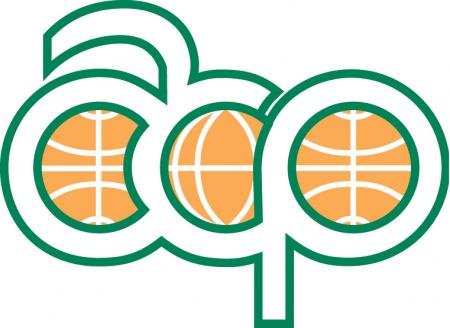Report of the Third (3rd) South Pacific National Parks & Reserves Conference, Apia, Western Samoa, 24 June - 3 July 1985 : conference report (Vol. 4) : report on conference arrangements
In recognition of the need for National Parks and protected areas in the South Pacific, the New Zealand Government hosted the First South Pacific Conference on National Parks and Reserves in 1975, in association with the South Pacific
IUCN Green List
The IUCN Green List is a global campaign for successful nature conservation. At its heart is the Green List Sustainability Standard that provides a global benchmark for how to meet the environmental challenges of the 21st century. The IUCN Green List offers locally relevant expert guidance to help achieve fair and effective nature conservation results in protected and conserved areas. It can help guarantee that wildlife and ecosystems can survive, thrive and bring value to communities everywhere.
Elinor
Elinor is a free and open-source monitoring tool that helps users gather, store, share, and use data on environmental governance and management to support more effective area-based conservation.
Convention on Wetlands (2025) Global Wetland Outlook 2025: Valuing, Conserving, Restoring and Financing Wetlands
The Global Wetland Outlook 2025 presents a synthesis of scientific information on the value of the world's wetlands, the costs to society due to wetland loss and degradation and the scale investment needed to restore wetlands. It is based on the latest publications and data on the extent of inland, coastal and marine wetlands and global databases on the benefits that wetlands provide. Call Number: [EL]ISBN/ISSN: 978-2-940786-10-7Physical Description: 80 p.
Guidelines for development of a National Ballast Water Management Strategy
Over two-thirds of the worlds surface is covered by water. Open oceans, semi-enclosed or enclosed seas, coastal areas, estuaries, rivers and lakes are host to highly diverse ecosystems that span all of earths climatologic zones. The productivity of these ecosystems has largely shaped development of human society and led to human settlement along coastal margins. Globally, the number of people living within 100 km of the coast increased from ca 2 billion in 1990 to 2.2 billion in 1995, or 39 percent of the worlds population (WRI 2006).
Fully-protected marine reserves: a guide
Life in the sea is diverse, exciting, good to eat and provides a myriad of services to humanity, many of which we barely even comprehend. However, human activities now pose serious threats to the oceans biodiversity and their capacity to support productive fisheries, recreation, water purification and other services we take for granted. These threats come at a time when we still know little about the life that exists in the sea. Even species we have been catching and eating for hundreds of years such as cod, tuna or halibut, have unknown secrets.
🌳 On Taveuni Island, organic farmer Liopoli Cirimaitoga
On Taveuni Island, organic farmer Liopoli Cirimaitoga is showing that with care and dedication, the land can heal.
By reforesting 100 acres of once-degraded land, Mr. Cirimaitoga is proving that farmers can sustain their livelihoods without encroaching into the Taveuni Forest Reserve. Through the Teitei Taveuni Land Care Project and support from #PEBACC+, he’s restoring the soil, supporting biodiversity, and securing a greener future for his community.Call Number: [EL]Physical Description: 2:49
Establishing Resilient Marine Protected Areas Networks - Making it happen
Regardless of where we live, all of us depend upon healthy ocean ecosystems: either as
a source of food or revenue, or as a key shaper and regulator of climate and weather.
This dependency and the need to embrace sustainable development led nations of the
world to agree to a series of high-level political commitments for marine conservation
and marine protected areas. The World Summit on Sustainable Development, the 5th
World Parks Congress, the Convention on Biological Diversity and the G8 Group of
Wetland management planning: a guide for site managers
This guide is intended to provide a summary of the steps to develop wetland management planning
processes. Improved understanding of how to use these principles and planning steps will help achieve
more effective conservation and thus wetland wise use.
This summary guide has been prepared to help managers of sites listed under the Ramsar Convention
on wetlands as well as all other types of wetlands. It provides a summary of Ramsar's Handbook 16
Managing wetlands : Frameworks for managing Wetlands of International Importance and other






